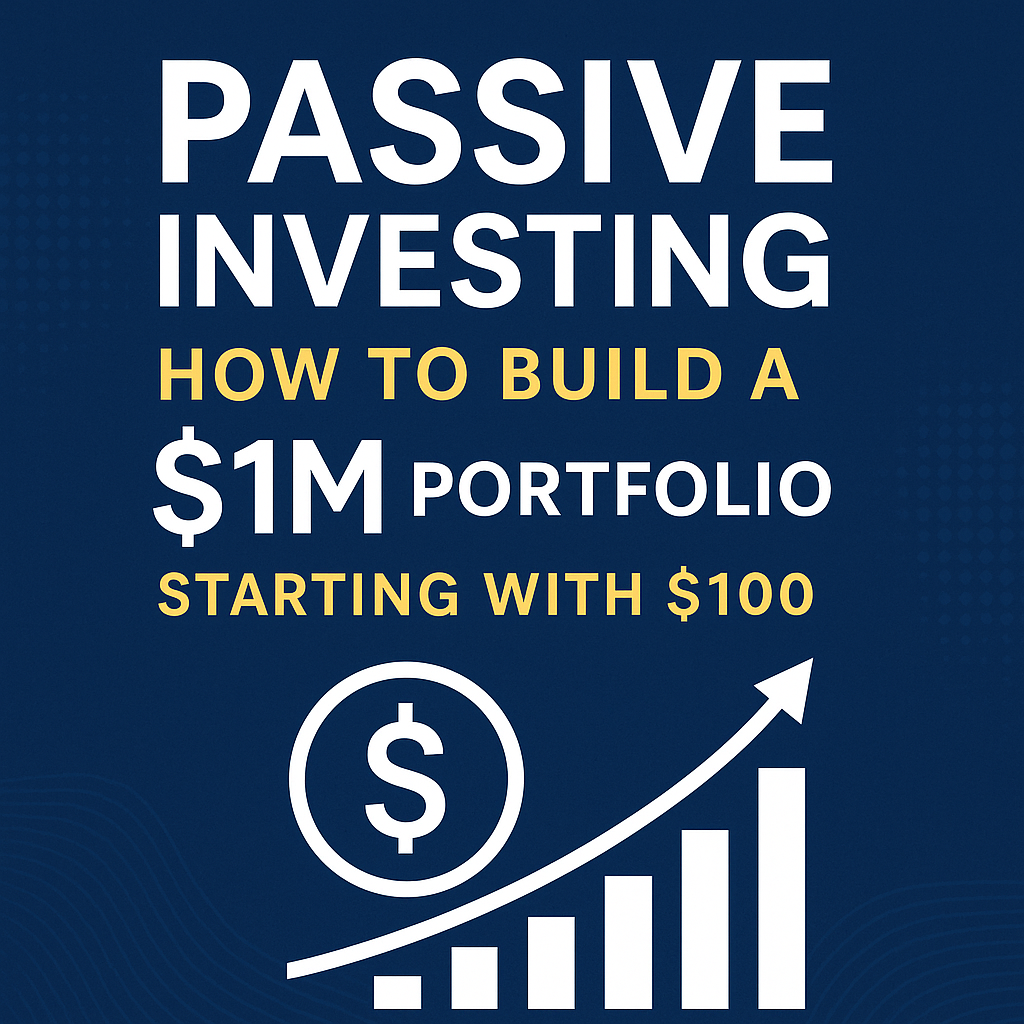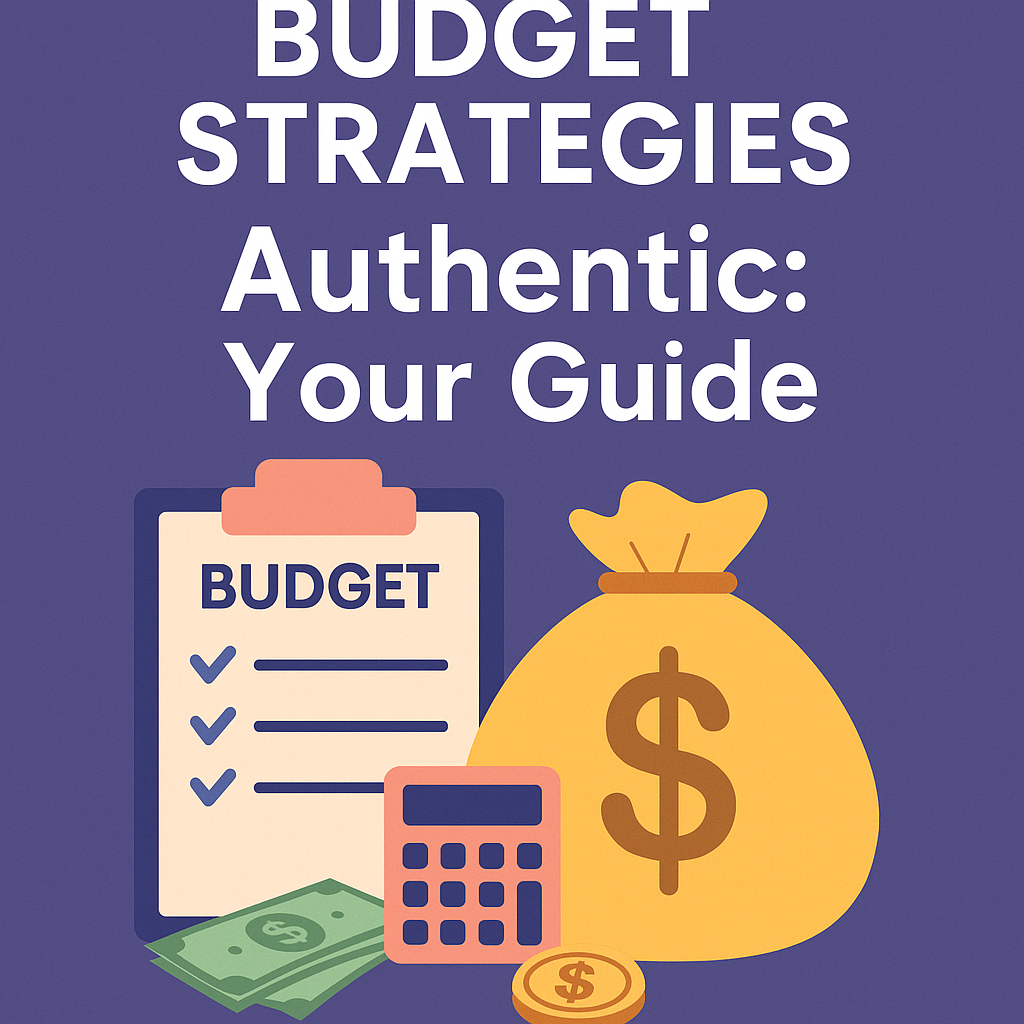Passive Investing: How to Build a $1M Portfolio Starting with $100


Have you ever scrolled through financial blogs and wondered, “Is it really possible to grow $100 into a million-dollar portfolio?” The short answer: yes, but it takes time, patience, and a strategy that prioritizes passive income and passive investing over risky short-term bets.
This article is not a promise of quick riches (I don’t believe in magic formulas). Instead, it’s a friendly guide from one blogger to another reader who wants to learn how small amounts can snowball into something meaningful.
Disclaimer: This post is for educational and informational purposes only. It is not financial advice. Please consult a licensed financial advisor before making any investment decisions.
Why Start with Passive Investing Instead of Chasing Quick Money?
Many beginners jump straight into day trading or “hot stock picks” because they want fast returns. The reality? Most retail traders lose money. Research from the Journal of Finance shows that over 70% of short-term traders underperform the market.
Passive investing, on the other hand, is a slow cooker. It might not feel exciting on day one, but over the years, compound growth works quietly in the background. Starting with just $100, you can learn the fundamentals of:
- Budgeting and saving (the first step before investing).
- Diversification (not putting all eggs in one basket).
- Compound interest (earning returns on top of returns).
The Magic of Compounding: Turning $100 into Long-Term Growth
Let’s talk numbers.
If you invest $100 and keep adding $100 each month with an average annual return of 8% (the long-term average of the S&P 500):
- After 10 years → ~$18,000
- After 20 years → ~$59,000
- After 30 years → ~$226,000
- After 40 years → ~$642,000
- After 45 years → ~$1,000,000+
This is the power of compound growth combined with consistency. Notice how the biggest jumps happen in the later years. That’s why patience is your best investment strategy.
Where to Start Investing with Just $100
You don’t need to be wealthy to begin. Thanks to modern platforms, almost anyone can start small. Here are beginner-friendly options:
- ETFs (Exchange-Traded Funds): Buy a slice of the entire market. For example, an S&P 500 ETF.
- Fractional Shares: Apps like Robinhood, eToro, or Fidelity let you buy $5 or $10 worth of a stock.
- Index Funds: Great for retirement accounts, they track market performance with low fees.
- REITs (Real Estate Investment Trusts): A way to earn rental income without buying property.
Remember: low fees + diversification + time = passive wealth growth.
Building Passive Income Streams Alongside Investing
Growing a portfolio is one side of the coin. The other side is creating passive income to feed that portfolio. Some simple ways include:
- Starting a small blog (yes, like this one!) and monetizing with ads.
- Creating digital products (eBooks, templates, stock photos).
- Peer-to-peer lending (though riskier, it can provide extra cash flow).
- Dividend stocks and ETFs (companies that share profits with investors).
The goal isn’t to replace your job overnight but to create little streams of income that flow into your investments.
FAQ: Common Questions About Passive Investing
Q: Can I really start with just $100?
Yes. Thanks to fractional shares and low-cost brokers, even $10 can buy you a piece of Apple or Tesla. The key is consistency, not size.
Q: How long will it take to reach $1M?
That depends on your monthly contributions, returns, and discipline. For most people, it’s decades. But that’s okay—it’s about financial security, not speed.
Q: Is passive investing boring?
Maybe. But boring is good. While others stress about stock swings, you’re letting time and compounding do the heavy lifting.
Q: What if the market crashes?
Markets always crash, but they also recover. History shows that the S&P 500 has always bounced back, rewarding long-term investors.
If you’re reading this on my blog, you might also enjoy:
- [Change your financial life today with 7 debt management habits that make saving easier, reduce stress, and support financial freedom]
- [5 Smart Tricks to Save on Insurance Premiums Without Reducing Benefits]
- [5 Simple Tax Planning Steps to Save More Money and Avoid Costly Mistakes]
These posts will give you more context on managing money wisely while your portfolio grows in the background.
The Real Secret to Reaching $1M
The journey from $100 to $1M isn’t about “finding the next big stock.” It’s about:
- Consistency: keep adding to your portfolio.
- Discipline: avoid panic-selling.
- Patience: let decades of compounding work.
You don’t need a PhD in finance or a Wall Street mentor. You need time, persistence, and a willingness to live slightly below your means today for a more abundant tomorrow.
Final Thoughts
Starting small is not a weakness—it’s the smartest move you can make. With passive investing, you’re not chasing shiny objects. You’re planting seeds. And with enough time, those seeds grow into a forest that can sustain you financially.
Whether you start with $100 or $1,000, the principle remains the same: save, invest, and let compound growth carry you toward your goals.





